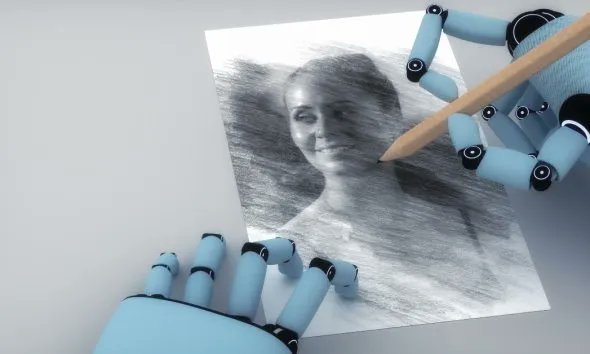
When Jane Goodall discovered chimpanzees using tools — bending sticks into just the right shape to penetrate a termite mound, drawing out the insects like fish on a hook — she caused an outcry. “The Toolmaker” could no longer be our species’ special title and people had a collective identity crisis. The same is happening all over again with AI. Is creativity unique to humans?
Hardwired Brains
Many people argue AI cannot be creative because humans produced and trained it on their own ideas. But humans also produced and trained Beethoven, Dickinson and Da Vinci. Geniuses don’t spring out of the Earth like Greek gods. Like it or not, everything you’ve ever created was inspired — at least in part — by something another person taught you.
Even geographically isolated cultures come up with the same artistic and literary themes over and over again — a great flood, talking animals, people with wings and personified planets. People’s brains are so similar across the board that no matter where they go, they write the same stories and share the same dreams. Just like AI, you’re hardwired to have certain thoughts.
The Lovelace test — named after Ada Lovelace, the original computer programmer — is one proposed attempt to understand whether AI can be creative. To pass the test, an artificial agent must make something so original or advanced that the programmer could not explain how the AI generated it.
But does AI have to break the boundaries of its own code to be original? Not even humans can do that — genetics, hormones and brain structure dictate your thoughts and actions, yet you still find ways to be exceptionally creative. This school of thought argues that just like people, AI is creating what it can with what it has.
Therefore, just because an AI’s neural networks limit what it can generate may not preclude its ability to create new ideas. Everyone’s thoughts have an invisible outer edge.
